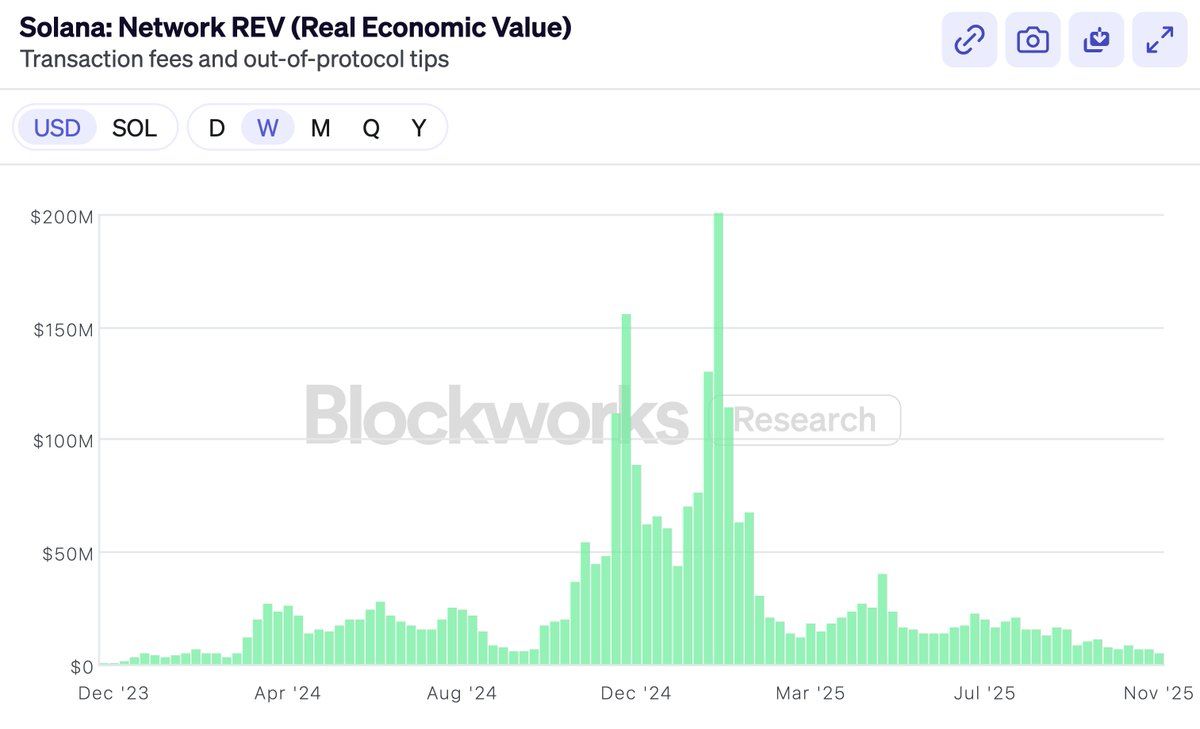Celebrity-Backed Memecoins: The Hype, the Holes, and the Hurdles for Investors
- 2025 celebrity-backed memecoins (e.g., YZY, TRUMP) attract speculative capital but expose centralized tokenomics and liquidity traps. - SEC intensifies scrutiny via Howey Test, targeting insider-controlled tokens like EMAX and Trump's $TRUMP for potential fraud. - Investors face red flags: 50%+ insider allocations, self-paired liquidity pools, and influencer-driven pump-and-dump schemes. - On-chain tools (Etherscan, Dune) reveal front-running patterns, while legal cases (Kim Kardashian's $1.26M fine) hig
The rise of celebrity-backed memecoins in 2025 has transformed the crypto landscape into a high-stakes arena where viral hype often trumps fundamentals. Tokens like YZY (Kanye West's memecoin), TRUMP , and EMAX (EthereumMax) have drawn millions in speculative capital, leveraging the star power of their creators to drive short-term liquidity. Yet, beneath the glitter of influencer endorsements and social media frenzy lies a structural quagmire: centralized tokenomics, liquidity traps, and regulatory ambiguity. For investors, the challenge is not just to spot the next “moonshot” but to navigate a minefield of red flags and legal gray areas.
The Structural Flaws of Celebrity-Backed Memecoins
Celebrity memecoins are rarely built to last. Take YZY, which allocated 70–94% of its supply to insiders, with a single multisig wallet controlling 87% of the total volume. This level of centralization enabled front-running and price manipulation, leading to a 67% price collapse within days of its launch. Similarly, Trump's $TRUMP token, with 80% of its supply held by insiders, has drawn scrutiny from the SEC under the Howey Test, which evaluates whether a token qualifies as an investment contract.
The mechanics of these tokens often favor early participants. For instance, self-paired liquidity pools—where tokens are paired with themselves rather than stablecoins—create artificial markets ripe for manipulation. The AwY1V wallet, identified as a key player in YZY and TRUMP trades, consistently profited from early access to liquidity, while retail investors bore the brunt of volatility.
Investor Due Diligence: A Checklist for Survival
For investors, the first step is to scrutinize token distribution. Projects with over 50% of tokens controlled by a single entity or a few wallets are red flags. Blockchain explorers like Etherscan, SolScan, and Lookonchain can trace wallet activity and liquidity pool structures. For example, EMAX, promoted by Kim Kardashian and Floyd Mayweather, saw a 98% price drop after a viral Instagram post, leading to lawsuits alleging a classic pump-and-dump scheme.
Liquidity structures are equally critical. Avoid tokens paired with themselves or volatile assets; stablecoin pairs (e.g., USDC , SOL) reduce manipulation risks. On-chain tools like Dune Analytics and OnChain Lens can detect pre-launch front-running or liquidity pool exploitation. The 6MNWV8 wallet, for instance, spent $450,000 USDC to buy YZY at $0.35 before selling it for $1.39 million—a pattern suggesting coordinated insider activity.
Retail investors must also resist FOMO-driven promotions. Celebrity endorsements often mask coordinated insider activity. For example, the EMAX token's viral marketing campaign led to an immediate price crash, with investors later filing lawsuits. Diversification and risk management are key: treat memecoins as high-risk speculative assets, allocate only a small portion of your portfolio, and use stop-loss orders to automate sell actions during volatile corrections.
Legal Accountability and the SEC's Tightening Grip
Regulatory scrutiny has intensified, with the SEC focusing on anti-touting violations and market manipulation. Kim Kardashian's $1.26 million fine for promoting EthereumMax without disclosing payments underscores the agency's emphasis on transparency. Meanwhile, Hayden Davis, creator of the controversial LIBRA memecoin, faces legal battles in both the U.S. and Argentina. Davis admitted LIBRA was a memecoin with no formal business plan, yet the project's $251 million in investor losses has drawn attention to the need for clearer liability frameworks.
The SEC's stance remains nuanced: while most memecoins are not classified as securities, fraudulent conduct—such as insider trading or deceptive marketing—remains actionable. The agency's recent enforcement actions highlight that celebrity promoters can be held accountable under anti-touting provisions, even if the underlying asset is not a security.
The Road Ahead: Caution Over Hype
As the crypto ecosystem evolves, so must investor practices. The lessons from YZY, TRUMP, and EMAX are clear: celebrity-backed memecoins are high-risk assets that reward insiders while leaving retail investors vulnerable. Projects like Token6900, with a grassroots-driven model and hard cap of $5 million, signal a shift toward community traction and limited supply—a potential antidote to the chaos of unstructured tokens.
For investors, the path forward requires a blend of skepticism and data-driven analysis. Scrutinize tokenomics, leverage on-chain tools, and prioritize transparency over hype. As courts and regulators grapple with the legal status of memecoins, one truth remains: in the world of celebrity-backed tokens, the real winners are often those who exit first.
In the end, the crypto market's greatest asset is not its tokens but its investors' ability to adapt. By treating memecoins as speculative gambles rather than core investments, and by demanding accountability from promoters, retail investors can navigate this volatile space with a clearer eye—and a steadier hand.
Disclaimer: The content of this article solely reflects the author's opinion and does not represent the platform in any capacity. This article is not intended to serve as a reference for making investment decisions.
You may also like
2025 TGE Survival Ranking: Who Will Rise to the Top and Who Will Fall? Complete Grading of 30+ New Tokens, AVICI Dominates S+
The article analyzes the TGE performance of multiple blockchain projects, evaluating project performance using three dimensions: current price versus all-time high, time span, and liquidity-to-market cap ratio. Projects are then categorized into five grades: S, A, B, C, and D. Summary generated by Mars AI This summary was generated by the Mars AI model, and the accuracy and completeness of its content are still being iteratively updated.

Mars Finance | "Machi" increases long positions, profits exceed 10 million dollars, whale shorts 1,000 BTC
Russian households have invested 3.7 billion rubles in cryptocurrency derivatives, mainly dominated by a few large players. INTERPOL has listed cryptocurrency fraud as a global threat. Malicious Chrome extensions are stealing Solana funds. The UK has proposed new tax regulations for DeFi. Bitcoin surpasses $91,000. Summary generated by Mars AI. The accuracy and completeness of this summary are still being iteratively updated by the Mars AI model.

How much is ETH really worth? Hashed provides 10 different valuation methods in one go
After taking a weighted average, the fair price of ETH exceeds $4,700.

Dragonfly partner: Crypto has fallen into financial cynicism, and those valuing public blockchains with PE ratios have already lost
People tend to overestimate what can happen in two years, but underestimate what can happen in ten years.
